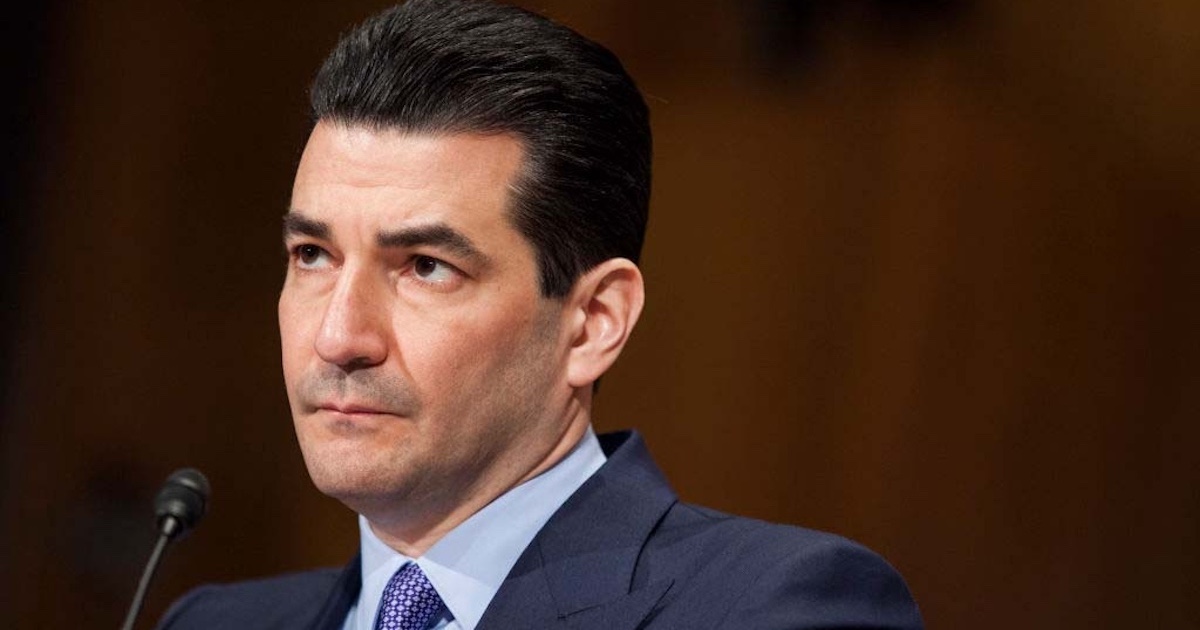A recent study on the use of wearables to help smokers kick the habit raises some potentially controversial questions about data ownership and timely interventions.
Conducted by the Memphis-based Center for Excellence for Mobile Sensor Data-to-Knowledge (MD2K), the study uses sensors to detect when a smoker relapses. Called the puffMarker, it consists of a wrist-borne motion sensor and a chest-borne respiration sensor that, when combined, can detect a user's wrist action and respiration pattern and determine when someone is smoking.
At this point, the project is focused solely on the sensors' ability to determine if a user is smoking, as opposed to doing something else with his or her hands, like eating or writing. During the study, 61 newly-abstinent smokers wore both sensors for one day before quitting smoking and three days following that decision to quit. Of that group, 33 lapsed within three days, and the sensors correctly identified the relapse in 28 (one case was discarded due to data loss). Of those who didn't relapse, the false positive rate for the sensors averaged to one episode every six days.
MD2K, funded through the National Institutes of Health, is hoping to refine the technology (including combining everything into one sensor) and create a platform that would send that data to healthcare providers, who could then work more closely with patients at risk of relapse.
"Our work opens up a very rich area of research for discovering just-in-time interventions that can be triggered from predictors detected by sensors such as GPS, smart eyeglasses, electronic and social media and physiological sensors," the center's researchers said in a paper presented at the recent 2015 ACM International Joint Conference on Pervasive and Ubiquitous Computing (UbiComp).
The project touches upon a rather gray area in mHealth. As structured now, it involves smokers who want to quit and who agree to the intervention. Those patients – and any patients in future programs – are willing participants, would have control over their data and would agree to have that data sent to their healthcare provider.
While providers certainly want to work with patients who want help, they're also looking for ways to intervene with people who aren't following or won't follow doctors' orders – a much larger segment of the population, and one that has a significant impact on the nation's healthcare bill. How, for example, can a doctor work with a smoker who doesn't want to quit, but whose health issues are a burden on himself/ herself, family and friends and the healthcare system? How about someone with a substance abuse problem or chronic condition who won't take steps to improve?
That may very well be the key to population health – targeting that vast majority of consumers who aren't motivated, for one reason or another, to improve their health. In that case, can they be ordered to wear sensors, and can that data be sent to caregivers without their approval? For example, could a chronic alcoholic or drug abuser be forced to wear a sensor that automatically alerts caregivers when he or she relapses?
The fact that researchers are developing and refining technology that allows consumers to communicate with caregivers and send data at any given moment speaks volumes for the evolution of mHealth. The MD2K project might prove to be a breakthrough in the use of wearable technology to increase compliance and prompt better clinical outcomes.
That's a good first step in helping those who are motivated – that's the carrot. But if the carrot doesn't work, will providers want to use the stick to enforce meaningful population-based healthcare? And will they be allowed to do so?
See also:
Wearable tech targets addictions
Stanford launches research center for wearables


